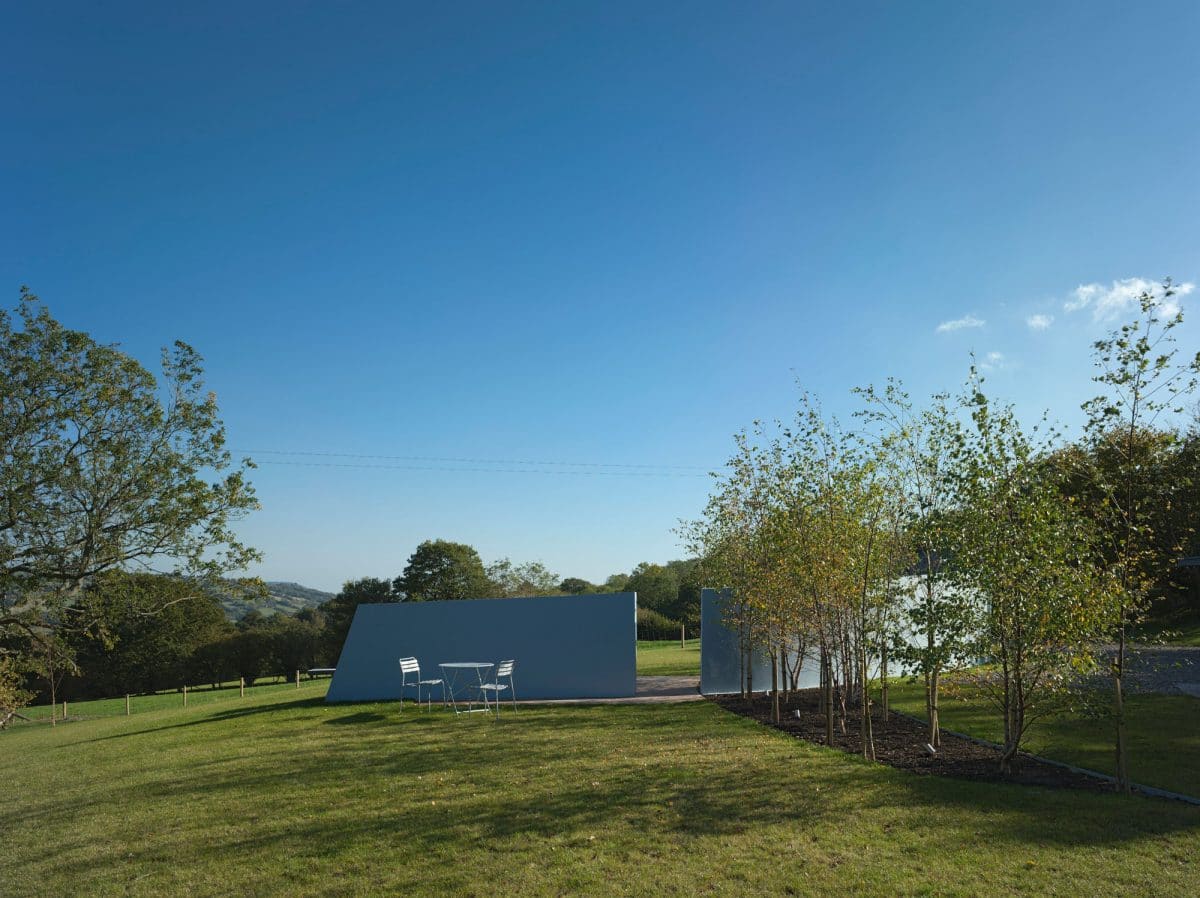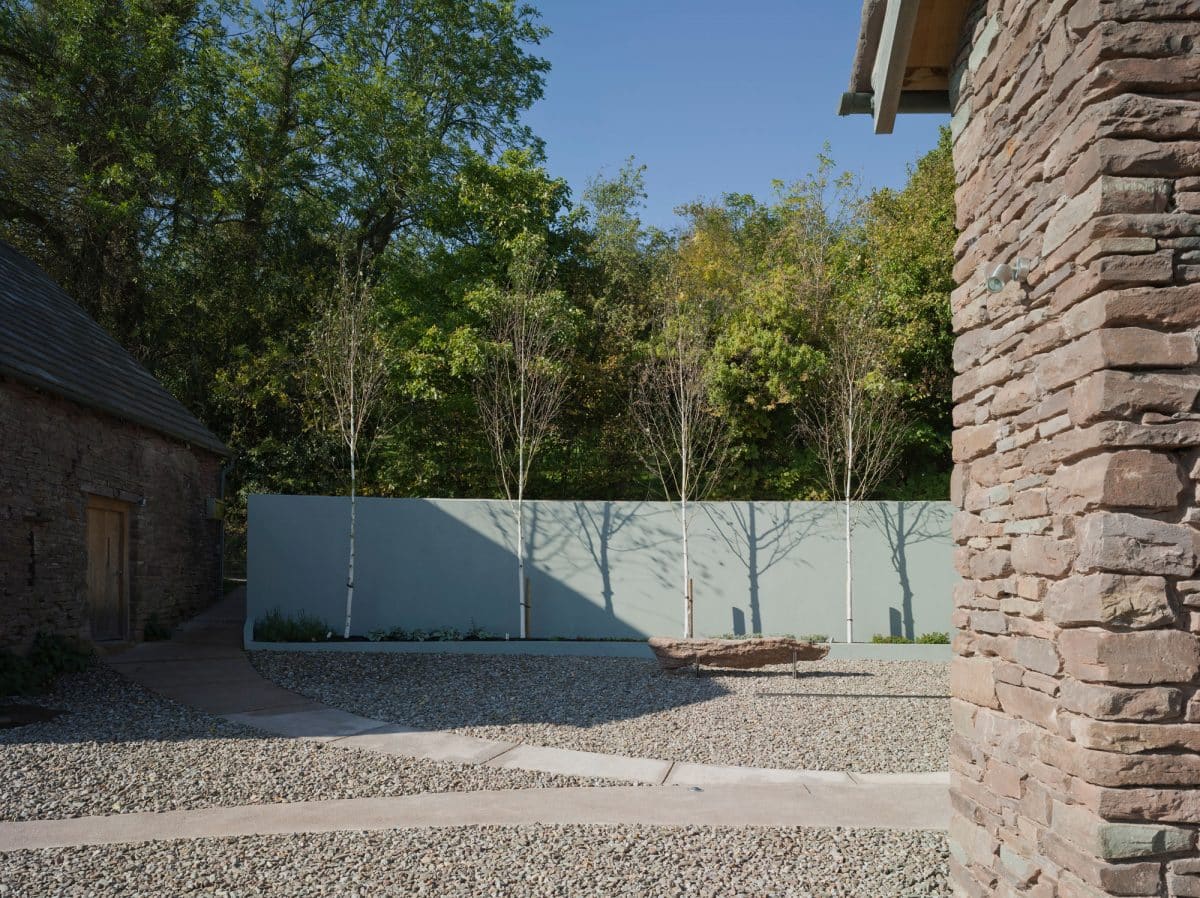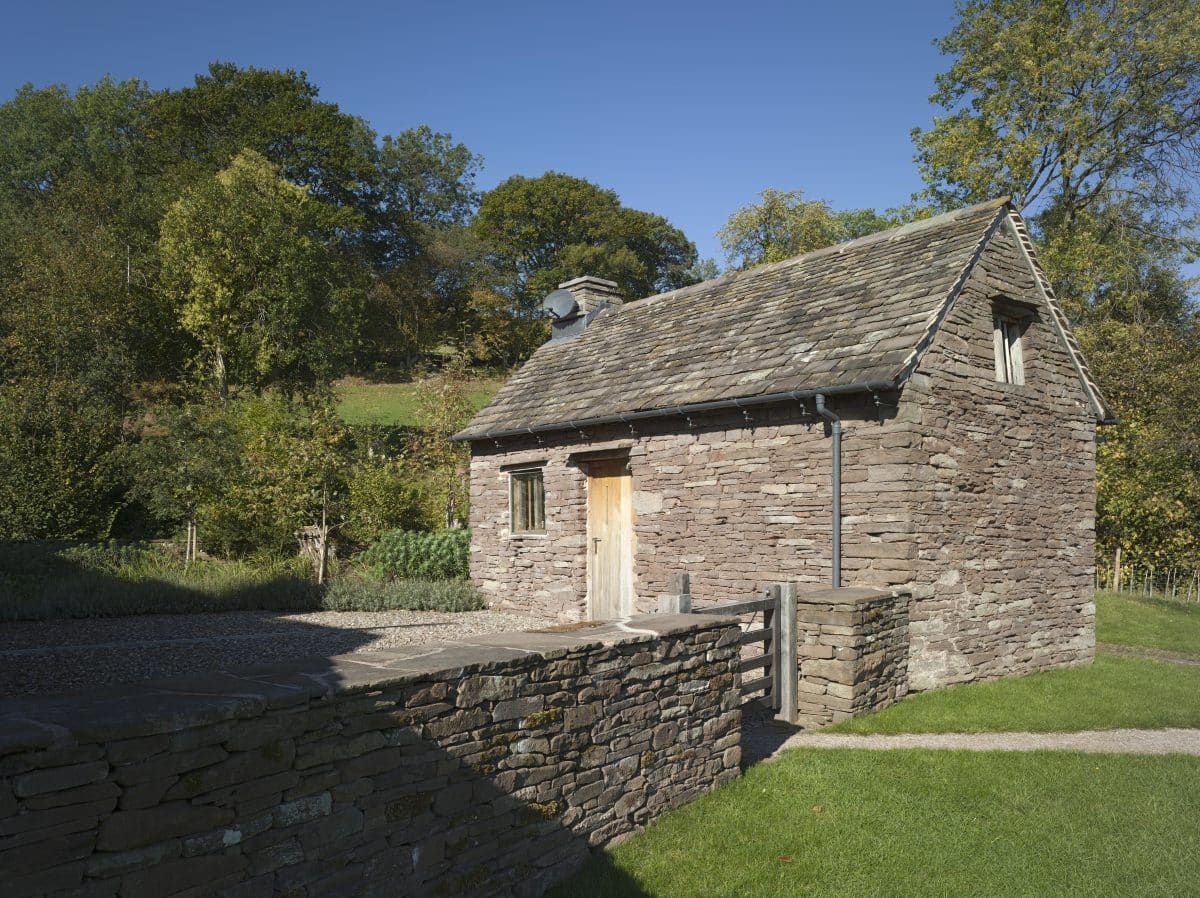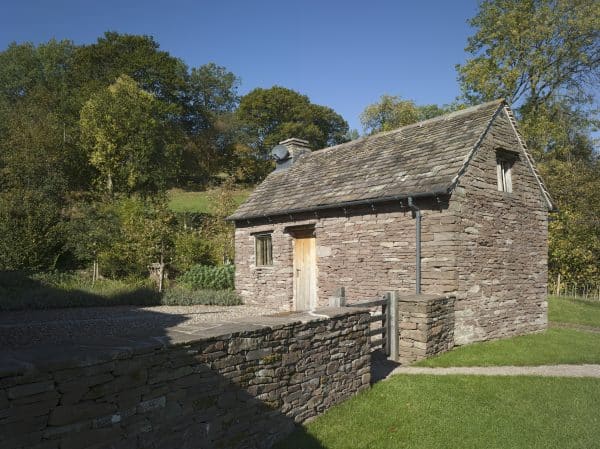Despite the importance of the garden in an overall project, in our experience it can often be an after-thought. But a good garden design can enhance a building and vice versa. We asked landscape architect Felicity Robinson to make her case for good garden design and give us her thoughts on what a good garden design looks like.
Here’s what she said:
So, what makes a good garden design …and why should you think about getting a designer involved anyway?
Is this just an extra cost that you could well do without, as your project is a big enough investment as it is?
A good garden that really meets your needs effectively, adds immensely to your enjoyment of your property whether it is a home, community or business premises. Also, getting some of the garden structure in whilst you have contractors on site for the build anyway can save you money too. Furthermore (if money talks) then a good garden can add value, kerb appeal and future saleability to your property as well.
So … how to judge a good design? Here are a series of questions that might help you to think about your garden and any professional design input you might employ.
Do you have a strong brief for the garden?
This is the most important part of any design, although you shouldn’t get scared off by the word. All it really means is: what do you want to achieve? Working with a designer will make this process easier because simply by having a conversation with them you will be able to concentrate on a few really important ideas while at the same time not forget all your other thoughts. It will help you think about how the garden will work for you and for other users and ensure it responds to your needs now and into the future.
Is there clear analysis and mitigation of microclimate and external factors?
(OK, what do I mean by this…!)
A garden should respond well to the adjacent landscape and buildings. Some gardens are very introspective, with apparently little attempt to benefit from any surrounding views or features, and designed without consideration of the impact of road noise, orientation, local climate and any other external factors. Make sure your garden design doesn’t fall into this trap.
Has hierarchy been considered?
Does the garden have a clear hierarchy of paths and places? Are they practical and aesthetic?
Paving to, from and around a property must be designed in great detail to ensure that it really does meet your defined needs, as well as being practical for visitors on a wet day. ‘Place making’ is also very important to provide effectively for the needs identified in your brief.

Do you need entertaining space?
This is an area that is often not given close enough consideration, with insufficient space given for tables, chairs or access to kitchen (or outdoor kitchen perhaps?)
Does your garden have space for generous, bold features, such as an avenue of trees?
These can be very effective, but it is essential that there is a well-planned relationship to the property, views from/to and relationship to paving/routes etc.
Do you have some existing mature trees and shrubs on your site?
People are often too quick to remove plants that could potentially be integrated into the design of a garden. This gives an immediate level of maturity that would be very costly (if not impossible) to purchase or would take many years to develop. Here is a story from a colleague to illustrate the point “I thought I would need to rip out all the plants in my garden, I had let it go, but in the end I employed a friend for two hours a week and after a single season he has transformed all the existing plants beyond recognition. I now really love our garden and am excited about the next steps. Now the garden is looking good the house is also looking great.”
Does your site have specific requirements in the form of planning conditions that relate to habitats and trees?
All gardens can make a positive contribution to biodiversity, but some have a legal obligation to do so. You may have a site large enough for grassland management for example. It can be a delight to stroll though spring and/or summer meadows along mown grass paths knowing that the wildlife is also catered for. But even if you don’t have space for a meadow, you can still use planting to attract wildlife. You might also want to think about how your garden could be put to practical use. Do you want a vegetable patch? And even in a modest garden there may be room for fruit trees that give visual interest as well as a crop. We’ve done this in our own garden and are delighted with what they add.

Does the garden provide routes, ‘journeys’ and surprises around the site?
This can be subtle and low-key no matter what the size of your garden. But it needs careful consideration to maximise the joy the site can bring in all seasons.
Have practical considerations been designed in?
For example, is there a good place for the compost area? If you’ve got children, is there an area where the climbing frame could go?
If you employ a designer, are the drawings produced to a professional quality, with adequate detailing?
Whether CAD or hand drawn, plans must be clear, legible, detailed and accurate, based on an up to date topographic survey and building plan.
These are just a few questions that professional designers should consider (there are also many more!) but I hope this has given you some food for thought and has helped you to take a look at your garden, and its design, in a new light.
Felicity Robinson MA CMLI is a landscape architect and garden designer who works with schools to transform outdoor learning and play and with private clients to maximise their enjoyment of their gardens. For more information visit www.landscapesnaturally.co.uk.



